#chinese history'
Text
[Hanfu · 漢服]Chinese Song Dynasty (960–1279 AD)Traditional Clothing Hanfu Reference to Song Dynasty Sculpture


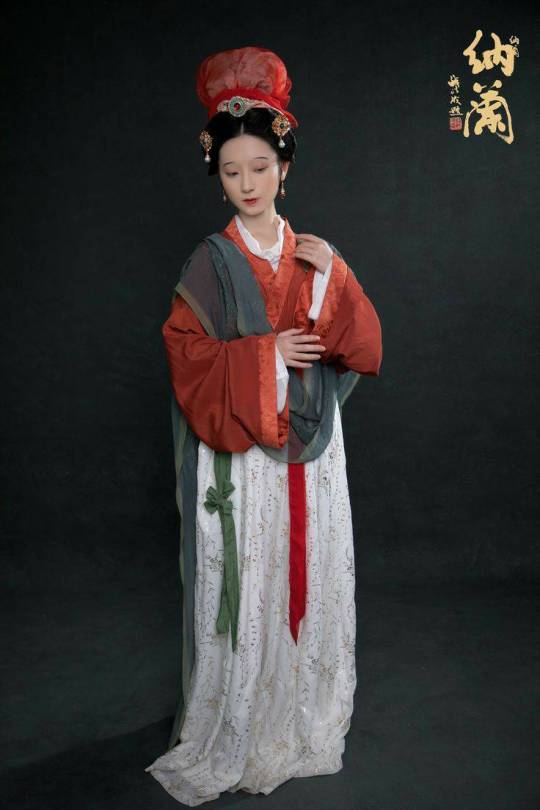

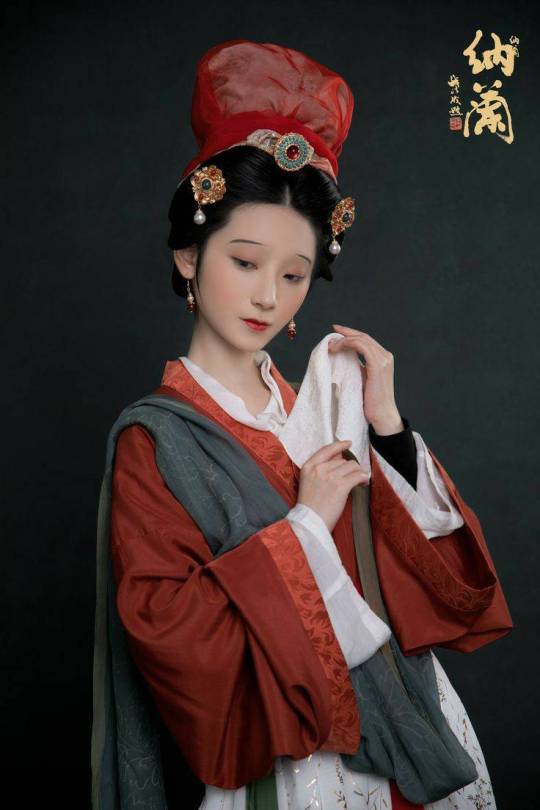
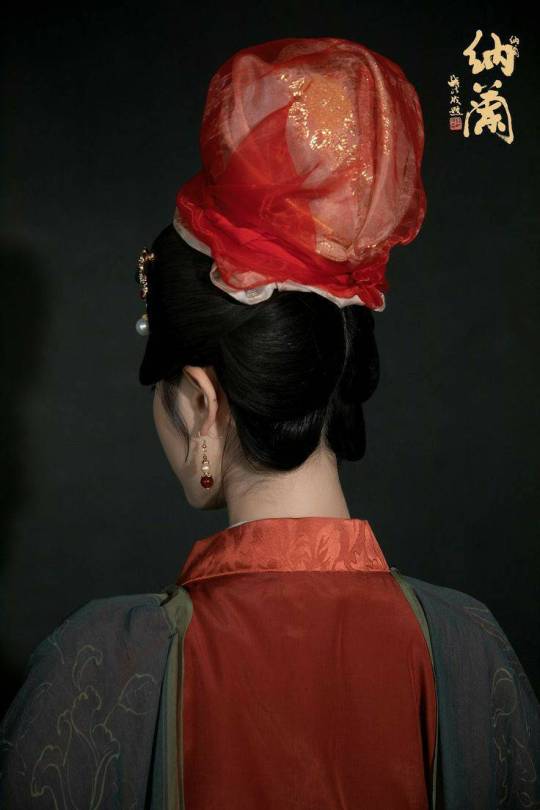
【Historical Reference Artifacts】:
China Song Dynasty Painted Sculpture from【Jin Temple】晋祠宋代彩塑
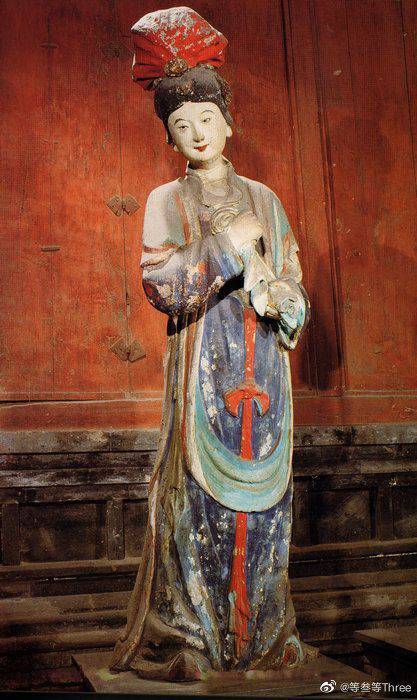
▶️【About Hairstyle“包髻/Bao Ji”】:
It is one of the hairstyles of ancient Han women.
包髻/Bao Ji is a hairstyles that use rectangular headscarf to cover the hair. When worn, it is folded diagonally, wrapped from the front to the back, and then wrapped around the corner of the scarf to the front of the forehead to tie a knot.
As early as the Tang Dynasty(618-907 AD), there was a prototype of this hairstyle, and it became popular in the Song Dynasty.
Women in the Ming Dynasty(1368-1644 AD) liked to use black gauze to make this hairstyle and this kind of hairstyle survived until the last dynasty of China: the Qing Dynasty.
#chinese hanfu#Song Dynasty (960–1279 AD)#hanfu#hanfu accessories#hanfu_challenge#chinese traditional clothing#china#chinese#chinese history'#chinese fashion history#chinese historical hairstyle#chinese art#漢服#汉服#中華風#包髻/Bao Ji#Jin Temple
209 notes
·
View notes
Text
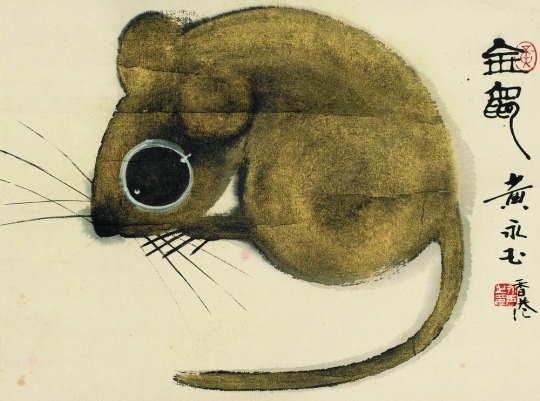
Huang Yongyu
Rat
Ink and colour on paper
#huang yongyu#contemporary art#animals in art#rats#chinese aesthetic#chinese painter#chinese art#chinese artist#chinese painting#asian art#asian aesthetic#beautiful animals#art history#aesthetictumblr#tumblraesthetic#tumblrpic#tumblrpictures#tumblr art#tumblrstyle#aesthetic#artists on tumblr#tumblrposts
10K notes
·
View notes
Text

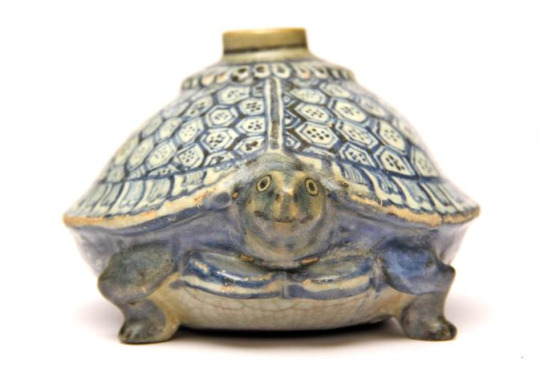
Porcelein turtle vessel, China, early 16th century
from The Ayala Museum, Manila
16K notes
·
View notes
Text
Sitting devices in ancient China
English added by me :)
6K notes
·
View notes
Text

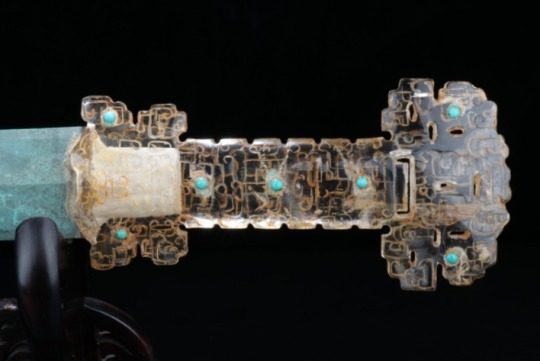
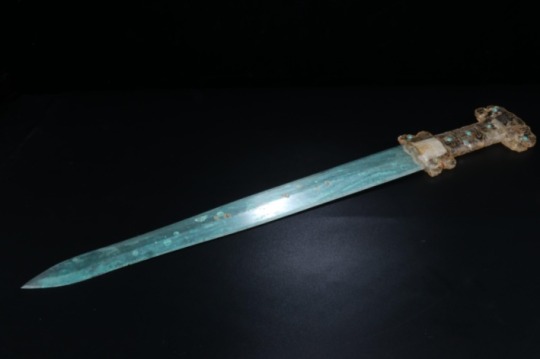
Chinese Bronze Sword With An Inlaid Rock Crystal, Turquoise and Gold Hilt
Warring States Period, Circa 4th - 2nd Century B.C.
#Chinese Bronze Sword With An Inlaid Rock Crystal Turquoise and Gold Hilt#Warring States Period#Circa 4th - 2nd Century B.C.#bronze#bronze sword#ancient artifacts#archeology#archeolgst#history#history news#ancient history#ancient culture#ancient civilizations#ancient china#chinese history#chinese art#art
2K notes
·
View notes
Text


🌞 Sun and Moon Pagodas | 日月双塔 🌚
Originally built in Guilin, Guangxi during the Tang dynasty (618-917) the pagodas were reconstructed in 2001.
#chinese culture#chinese history#Chinese architecture#buddhism#pagodas#tang dynasty#asian architecture#China#east asia#east Asian cultures#dynastic china
1K notes
·
View notes
Text
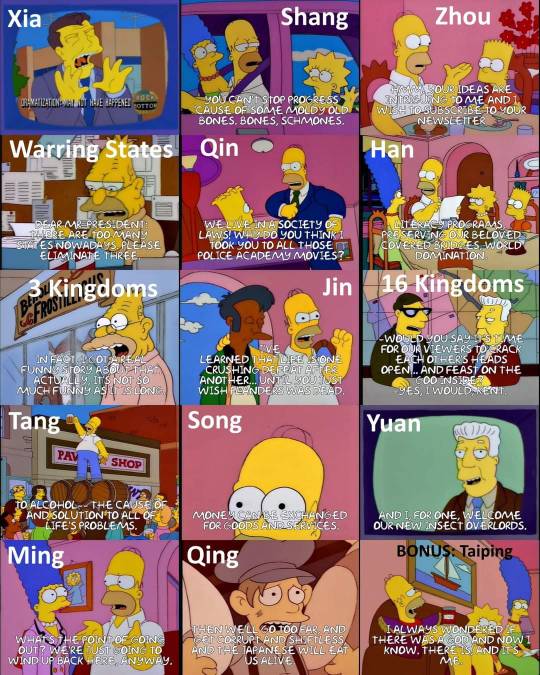
Chinese imperial dynasties as Simpsons quotes
2K notes
·
View notes
Text

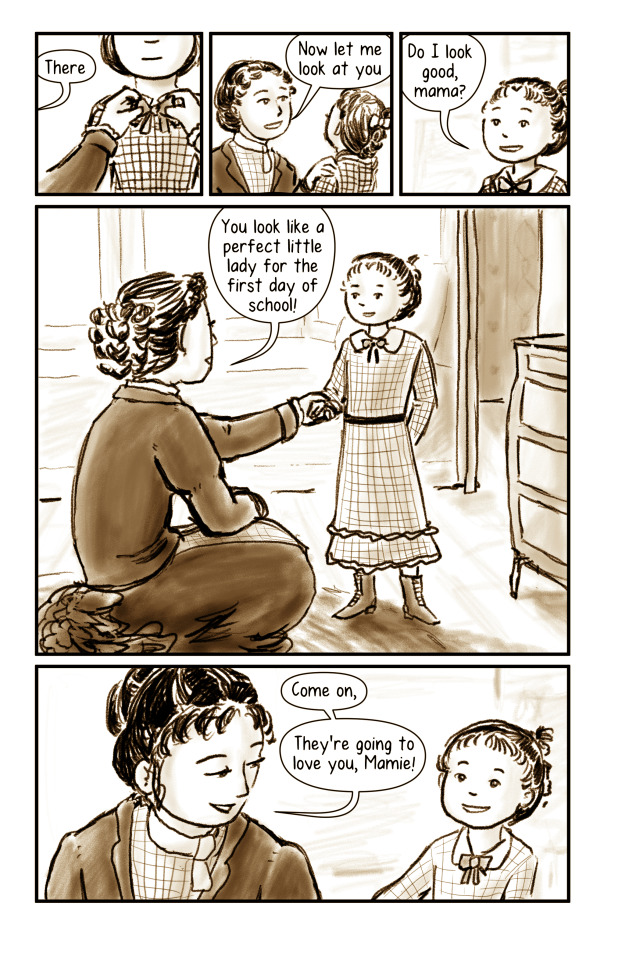
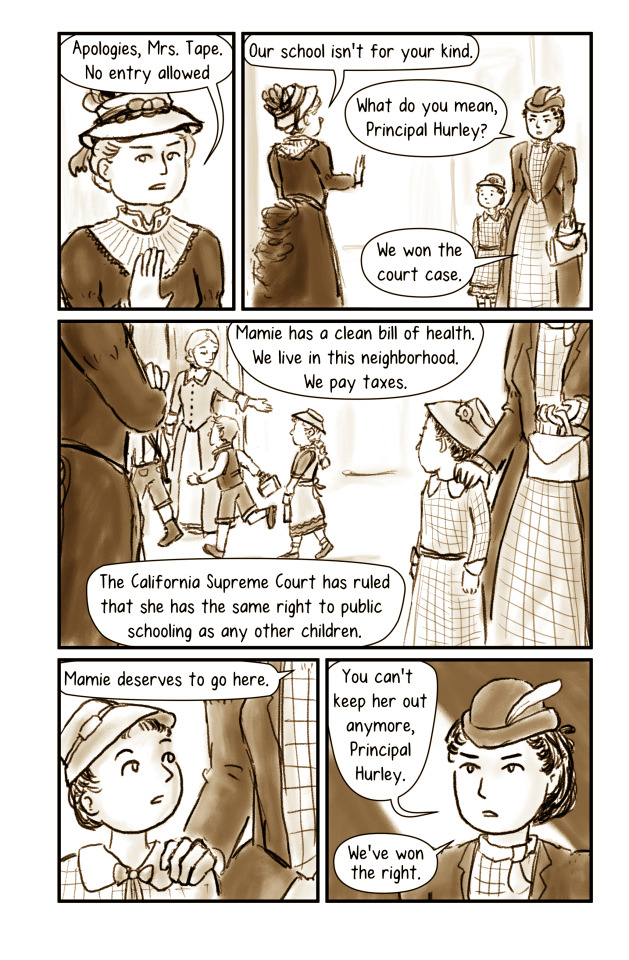
in my pursuit of ever-increasingly niche comics, I drew a 13 page comic about Tape v Hurley, a court case about Chinese-American school segregation in 1885. The rest of the pages are after the readmore, as well as on AO3 here. More obsure Chinese American court case comics are there, as well.

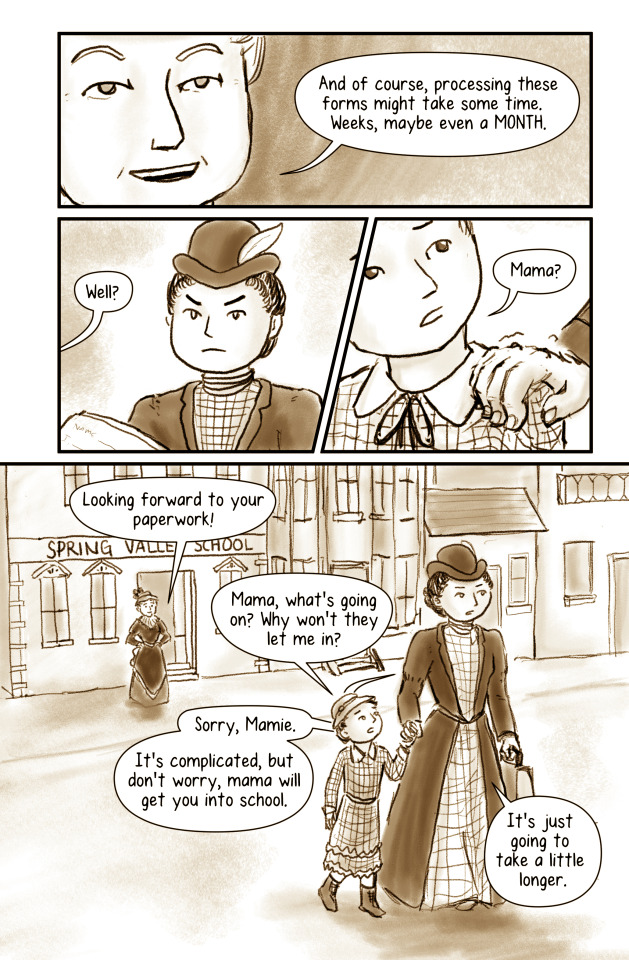
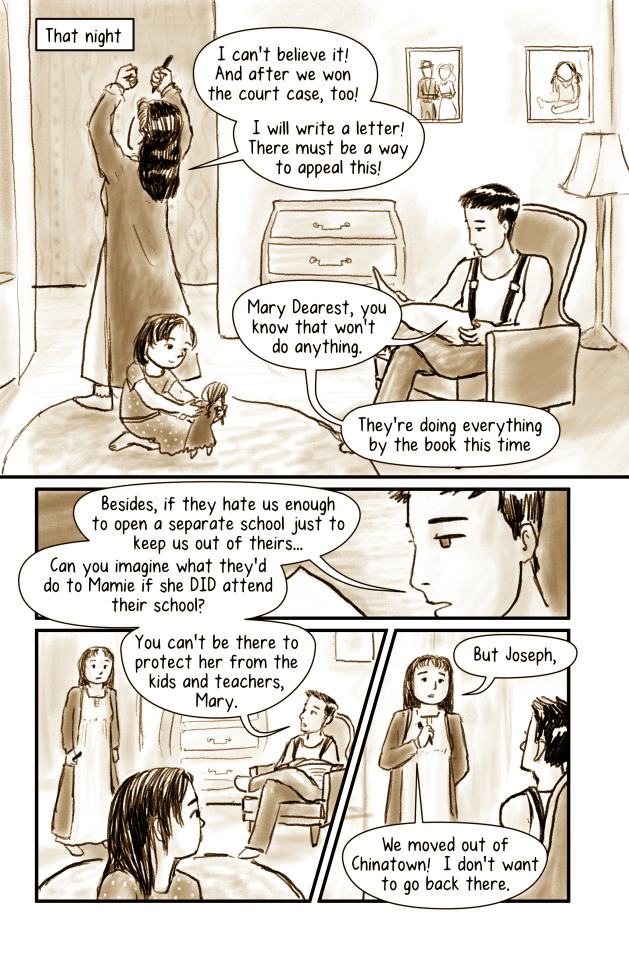
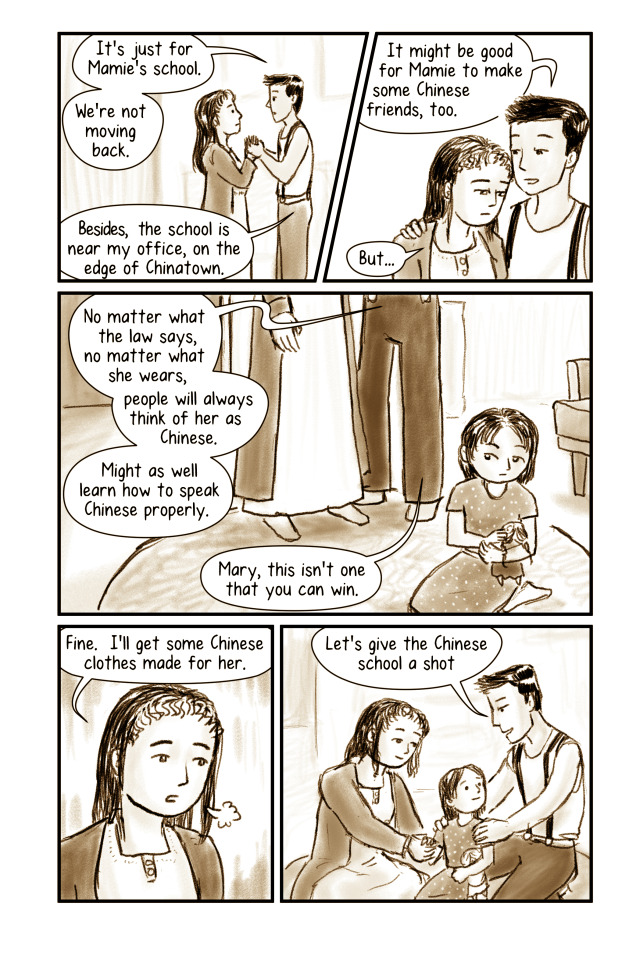
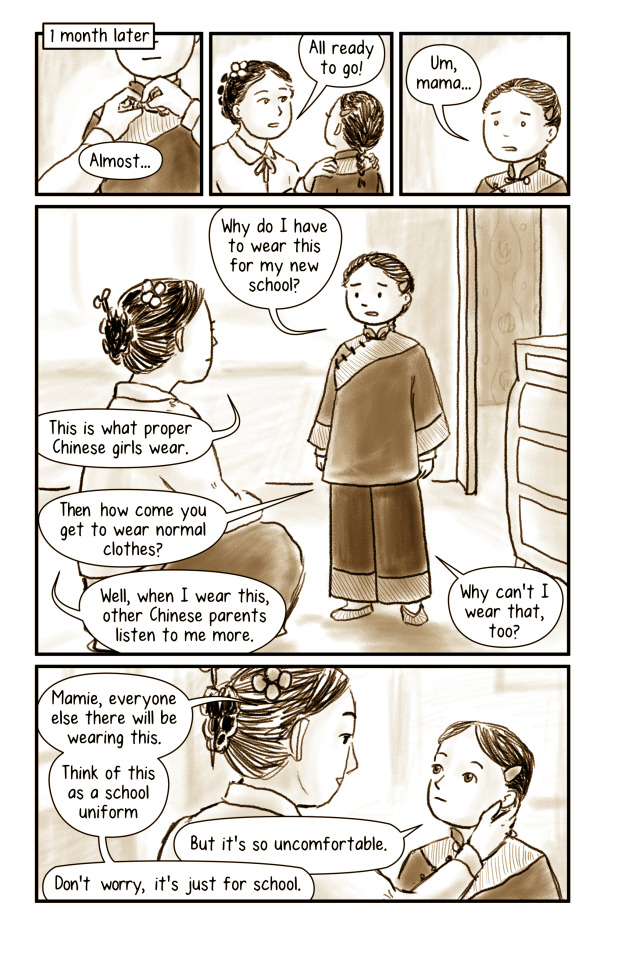
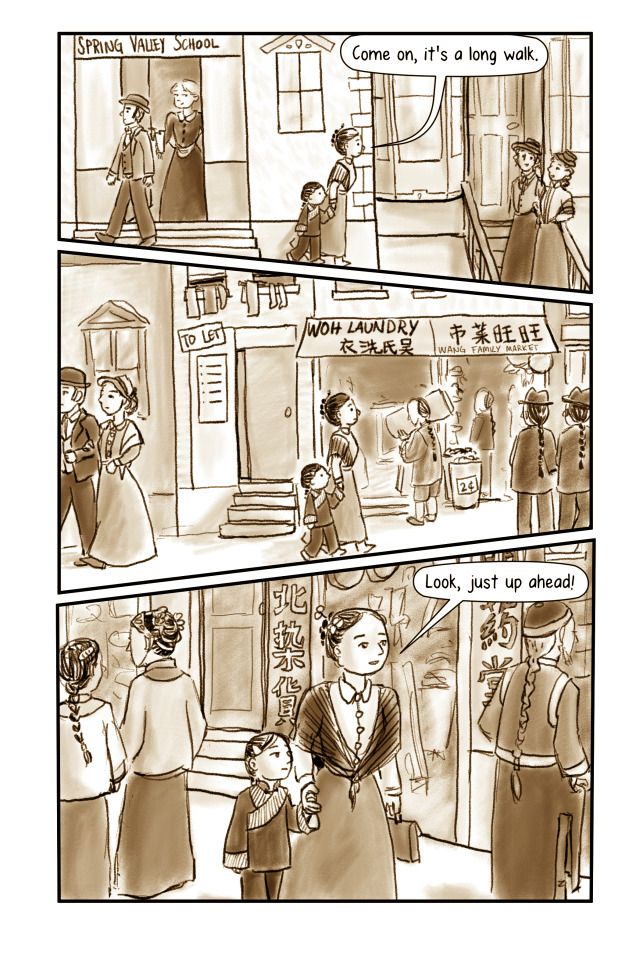
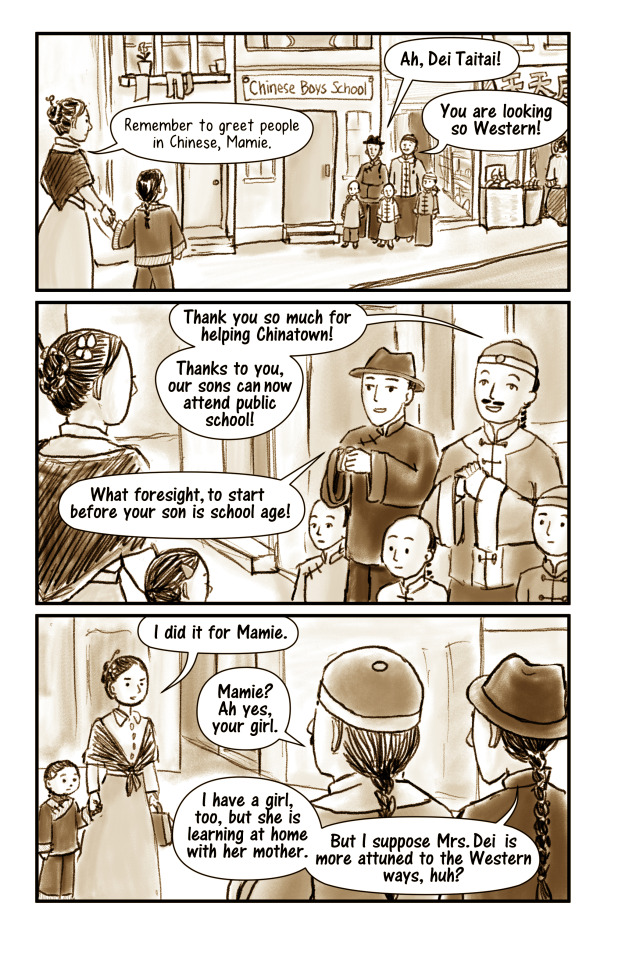
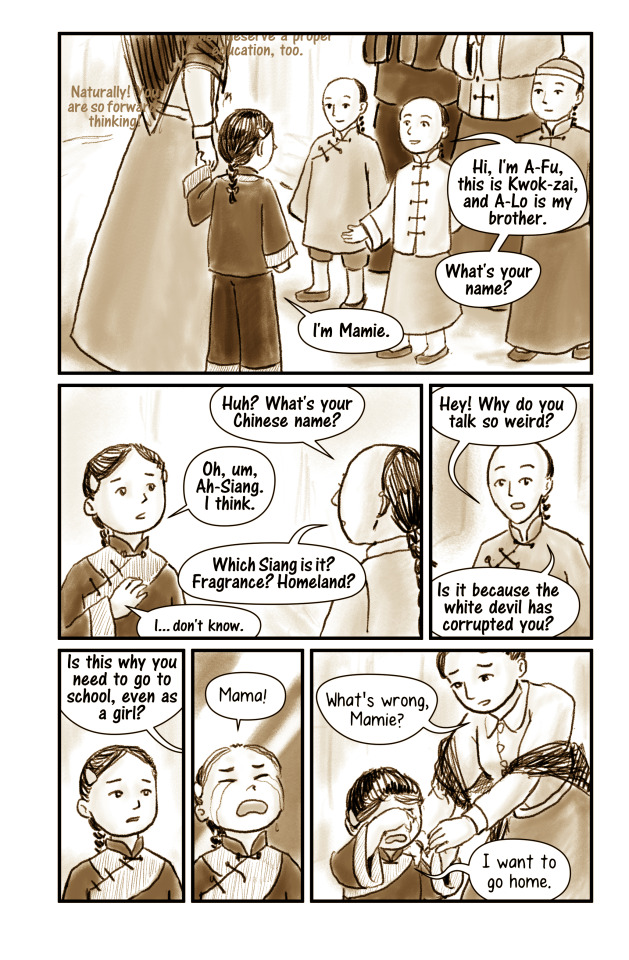
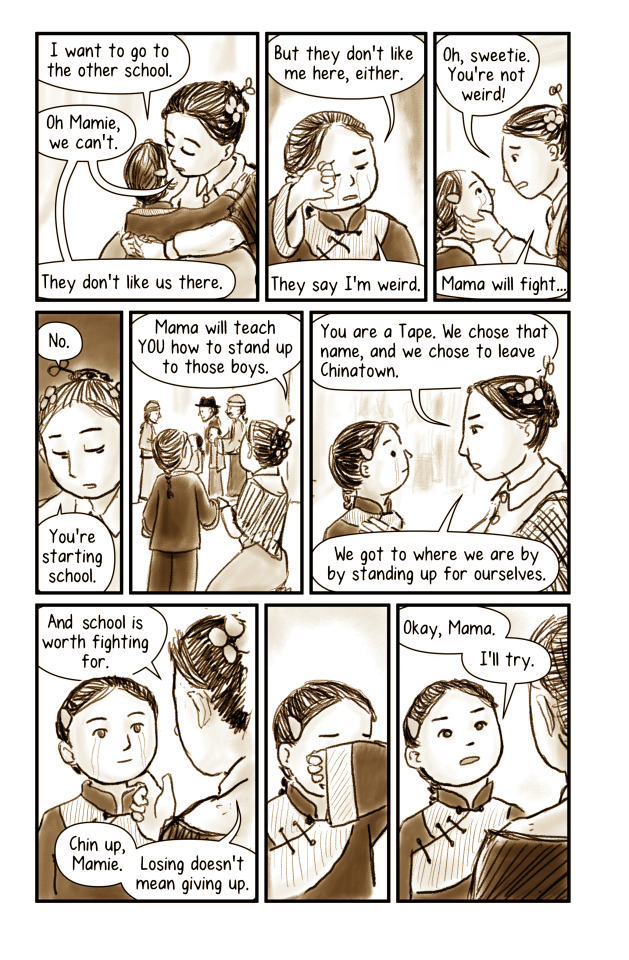
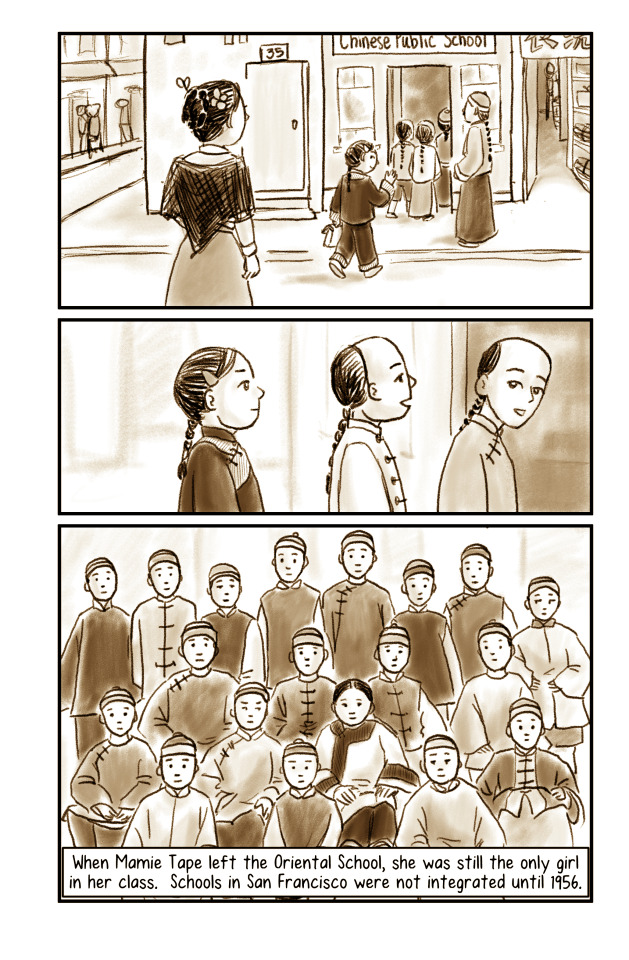
Historical Notes
Mary and Joseph Tape were not born in America, but their names and identities were very much formed in America. Joseph Tape was born Jeu Dip in Guangdong, China, immigrated the America when he was twelve, and spent his teenage years working as a house servant in an Irish household. Mary arrived in America at the age of eleven, and was found and raised as Mary McGladery in a Protestant orphanage as the only Chinese child amongst ~80 children. Both Mary and Jeu spent their formative years amongst White Christian families, so when Jeu Dip and Mary married in 1875, little wonder that Jeu picked the English name of Joseph Tape -- Joseph to match with Mary, and the German last name Tape as a nod to his former name of Dip.
The Tape family lived about 14 blocks outside of Chinatown, in a primarily white neighborhood. They dressed in Western clothing, spoke English at home, and Mamie grew up playing with non-Chinese kids. Naturally, they wanted their children to attend the local elementary school, a mere 3 blocks from their home. The principal, Ms. Hurley, denied her entrance, claiming that she was “filthy and diseased.” At the time, there was no public school option for Chinese children -- the 1870 state law stipulated separate schools for “African and Indian children” only, not Chinese. The Tape family, with the help of the Chinese Six Companies, their church, and the Chinese consulate, decided to sue, claiming that the 1880 California school code guaranteed everyone a right to public education and that this was a violation of the 14th Amendment.
They won.
But this was 1885, three years after the passage of the Chinese Exclusion Act and six years before Plessy v Ferguson. Regardless of what the California Supreme Court might decide, public sentiment was on the side of the San Francisco school district. Determined to keep out this “invasion of Mongol barbarism”, the California State Legislature passed a law permitting separate schools for Chinese children, which then allowed Principal Hurley to reject Mamie Tape once more.
While Mamie was rejected from the Spring Valley Elementary School for being Chinese, she also had a hard time fitting in to the Chinese public school. The Chinese merchants saw Western education as something primarily for boys. (Their girl children learned from their mothers at home.) Mamie, a girl dressed in Western clothes, would have stood out like a sore thumb. The final panel of the comic was based on a photo from three years later, and even then, Mamie was the only girl.
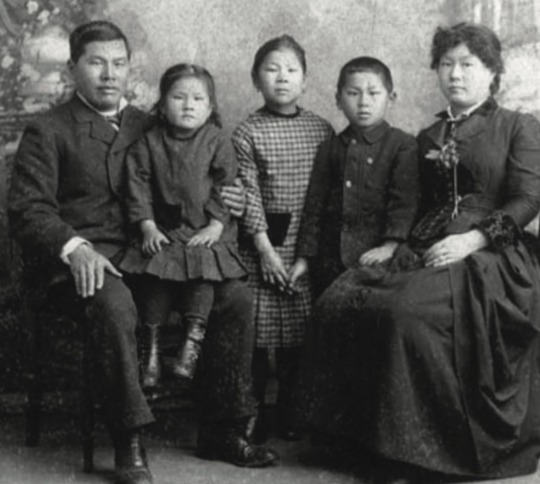
Places where I fudged the history: Frank, Mamie’s younger brother, was actually six years old and should have been more present in the comic, but I wante to keep the focus on Mamie and Mary. Also, Mamie had actually shown up to her first day of school in Western clothes. An earlier draft of the comic had a separate arc involving Mamie feeling rejected at school and Mary buying her some Chinese clothes, but that got too long and complicated.
Much of this was drawn from Mae Ngai’s book about the Tape family and their experiences as 2nd and 3rd generation Chinese Americans, titled “The Lucky Ones.”
----------
Here is Mary Tape's letter to the San Francisco School Board, 1885:
1769 Green Street.
San Francisco, April 8, 1885.
To the Board of Education -
Dear Sirs: I see that you are going to make all sorts of excuses to keep my child out off the Public schools. Dear sirs, Will you please to tell me! Is it a disgrace to be Born a Chinese? Didn’t God make us all!!! What right have you to bar my children out of the school because she is a chinese Decend. They is no other worldly reason that you could keep her out, except that. I suppose, you all goes to churches on Sundays! Do you call that a Christian act to compell my little children to go so far to a school that is made in purpose for them. My children don’t dress like the other Chinese. They look just as phunny amongst them as the Chinese dress in Chinese look amongst you Caucasians. Besides, if I had any wish to send them to a chinese school I could have sent them two years ago without going to all this trouble. You have expended a lot of the Public money foolishly, all because ofa one poor little Child. Her playmates is all Caucasians ever since she could toddle around. If she is good enough to play with them! Then is she not good enough to be in the same room and studie with them? You had better come and see for yourselves. See if the Tape’s is not same as other Caucasians, except in features. It seems no matter how a Chinese may live and dress so long as you know they Chinese. Then they are hated as one. There is not any right or justice for them.
You have seen my husband and child. You told him it wasn’t Mamie Tape you object to. If it were not Mamie Tape you object to, then why didn’t you let her attend the school nearest her home! Instead of first making one pre tense Then another pretense of some kind to keep her out? It seems to me Mr. Moulder has a grudge against this Eight-year-old Mamie Tape. I know they is no other child I mean Chinese child! care to go to your public Chinese school. May you Mr. Moulder, never be persecuted like the way you have persecuted little Mamie Tape. Mamie Tape will never attend any of the Chinese schools of your making! Never!!! I will let the world see sir What justice there is When it is govern by the Race prejudice men! Just because she is of the Chinese decend, not because she don’t dress like you because she does. Just because she is descended of Chinese parents I guess she is more of a American then a good many of you that is going to prewent her being Educated.
Mrs. M. Tape
#original comic#chinese american history#legal history#turns out there's a lot of chinese american court cases#that i have a lot of feelings about#my comic#mine
1K notes
·
View notes
Text

A Trinity of Dragons: Fire, Earth, and Water, Rookwood Pottery Co., 1892
#art#art history#ceramics#pottery#dragons#Chinese dragons#Rookwood Pottery Company#American art#19th century art#Cincinnati Art Museum
639 notes
·
View notes
Text

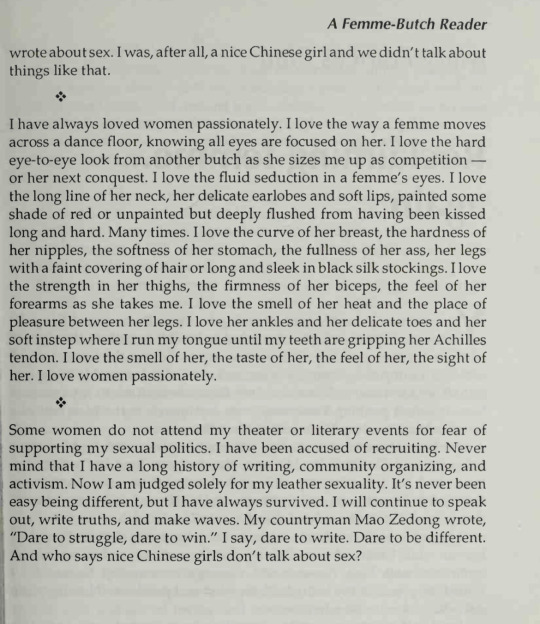

"I was born thirty eight years ago and raised to be a nice Chinese girl. But nice Chinese girls don't grow up to be dykes and rebels. And I turned out to be both.
I grew up on silence. Though I was part of a large extended family, we ate in silence. There was no conversation or laughter, just the sound of soup spoons and chopsticks against rice bowls. I was not encouraged to talk, express emotions, or ask questions. I grew up with a heritage of silence.
I was a girl child, the first born in a traditional Chinese family, raised to be seen but not heard, raised to excel in school but not be curious, raised to be someone's wife but not to be a person of my own. When I was growing up in England, Hong Kong, and San Francisco, I read everything I could get my hands on, but none of the books spoke of my own experience. I started writing when I was eleven years old to fill the silence and to turn the years of rejection into affirmation.
You're probably wondering what the hell any of this h as to do with sex. The answer is- plenty. What I write is shaped by my history and experience as both a Chinese woman and as a lesbian.
Chinese is my first language. But I was fluent only in the words my parents deemed it necessary for me to know. I was certainly not taught the words for breast, cunt, ass, or orgasm. There were no words for sex; therefore, sex did not exist.
I came out as a lesbian when I was twenty-one, but I didn't start writing about sex until almost a decade later. Sure, I wrote love poems, but I never wrote about sex. I was, after all, a nice Chinese girl and we didn't''t talk about things like that.
--
I have always loved women passionately. I love the way a femme moves across a dance floor, knowing all eyes are focused on her. I love the hard eye-to-eye look from another butch as she sizes me up as competition- or her next conquest. I love the fluid seduction in a femmes eyes. I love the long line of her neck, her delicate earlobes and soft lips, painted some shade of red or unpainted but deeply flushed from having been kissed long and hard. Many times. I love the curve of her breast, the hardness of her nipples, the softness of her stomach, the fullness of her ass, her legs with a faint covering of hair or long and sleek in black silk stockings. I love the strength of her in her thighs, the firmness of her biceps, the feel of her forearms as she takes me. I love the smell of her heat and the place of pleasure between her legs. I love her ankles and her delicate toes and her soft instep where I run my tongue until my teeth are gripping her Achilles tendon. I love the smell of her, the taste of her, the feel of her, the sight of her. I love women passionately.
--
Some women do not attend my theater or literary events for fear of supporting my sexual politics. I have been accused of recruiting. Never mind that I have a long history of writing, community organizing, and activism. Now I am judged solely for my leather sexuality. It's never been easy being different, but I have always survived. I will continue to speak out, write truths, and make waves. My countryman Mao Zedong wrote, "Dare to struggle, dare to win." I say, dare to write. Dare to be different. And who says nice Chinese girls don't talk about sex?"
"Who Says we Don't Talk About Sex?" Kitty Tsui, The Persistent Desire, (Edited by Joan Nestle) (1992)
#lesbian#lesbianism#the persistent desire#butch femme#butch lesbian#femme lesbian#butch#femme#lesbian writing#lesbian history#asian lesbians#lesbians of color#chinese lesbians#writing#recs
4K notes
·
View notes
Text
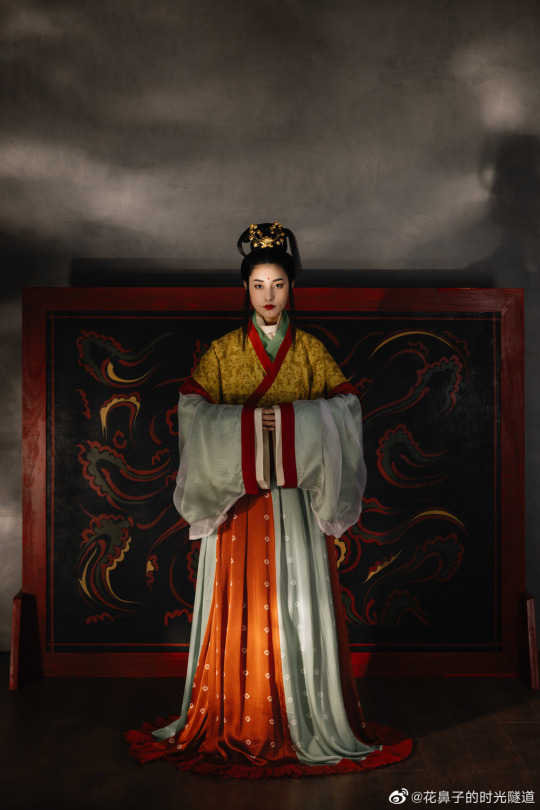


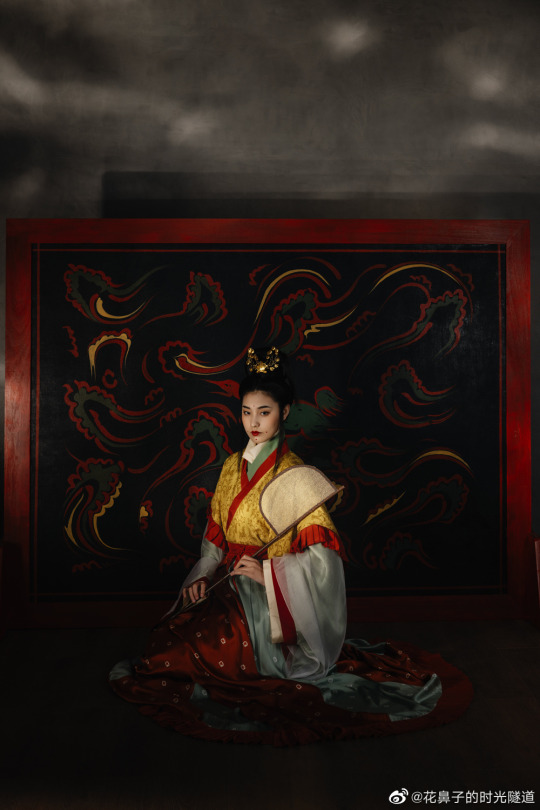

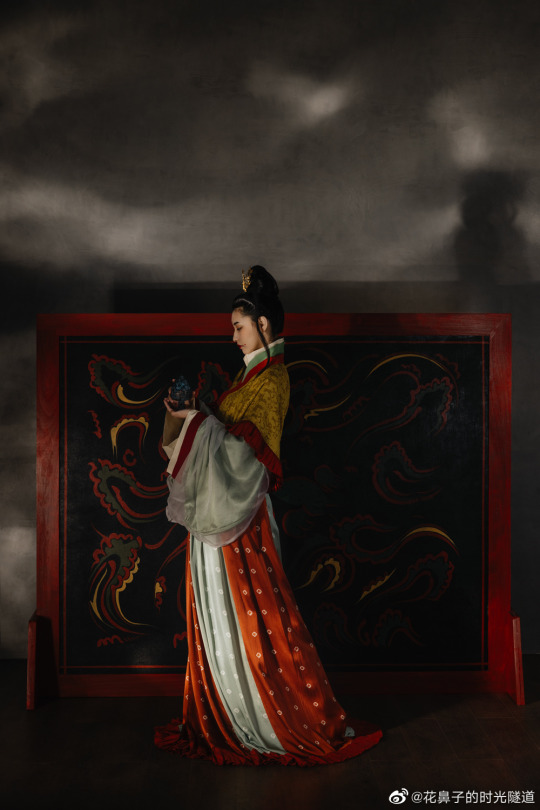


【Historical Reference Artifacts】:
China Jin Dynasty PaintingBy Gu Kaizhi (顾恺之)

・ Wei, Jin, Southern and Northern Dynasties Female Figurines showing woman makeup at the time:


[Hanfu・漢服]Chinese Wei and Jin Dynasty-Northern and Southern Dynasties(220—589)Traditional Clothing Hanfu Photoshoot
————————
📷Photo:@realyn
💄Stylist:@仰望的花鼻子
🔗Weibo:https://weibo.com/5541803701/N77vXcOBE
————————
#chinese hanfu#Wei and Jin Dynasty-Northern and Southern Dynasties(220—589)#hanfu#hanfu accessories#hanfu_challenge#chinese traditional clothing#china#chinese#chinese history'#historical fashion#historical makeup#Wise and Benevolent Women (列女仁智圖)#chinese history#ancient china#chinese fashion#hanfu art#漢服#汉服#chinese style#中華風#魏晋南北朝
230 notes
·
View notes
Text

I love traditional Chinese Catholic depictions if Jesus’ life.
here depicted is the raising of Jairus’ daughter.
765 notes
·
View notes
Note
Hi my friend wanted to ask about Chinese Opera and the red pom poms on their hats and their significance. I asked my mom and she said they were for decoration so I just wanted clarification
Hi! Thanks for the question, and sorry for taking ages to reply!
The pom poms you see on 盔头/kuitou (Chinese opera headdresses) are called 绒球/rongqiu (lit. "velvet ball"). They are often red, but can also be other colors, and vary in size. Ronqiu are decorative and serve to distinguish the many different types of kuitou from one another. Each type of kuitou is distinct in the number, size, and color of rongqiu that it's decorated with (of course, not all kuitou have rongqiu).
Below - a few different types of Beijing opera kuitou decorated with rongqiu (x):

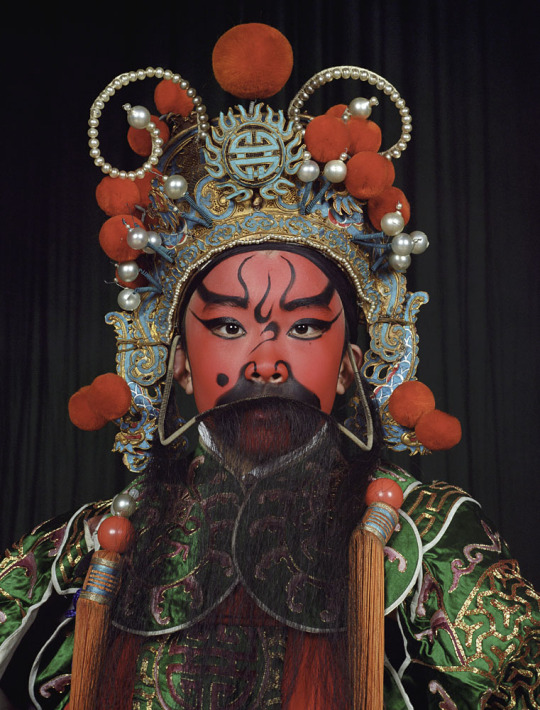
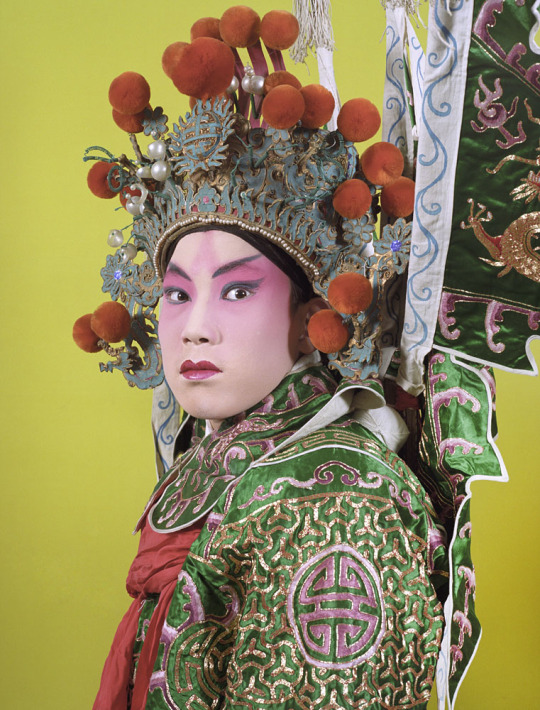
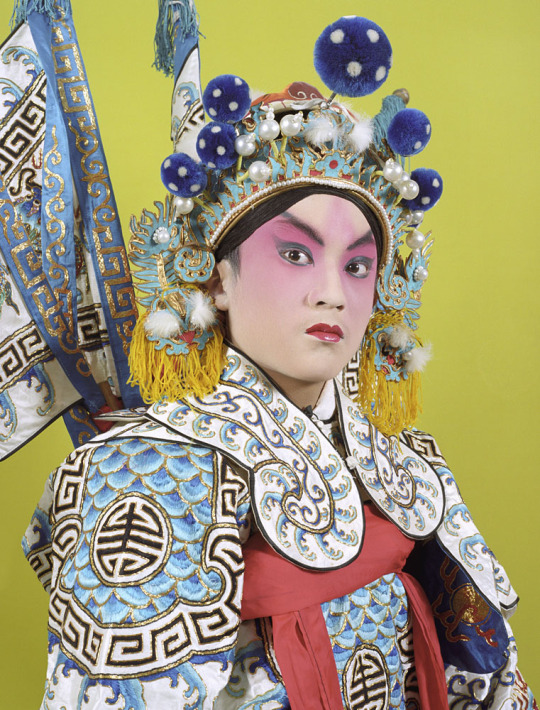

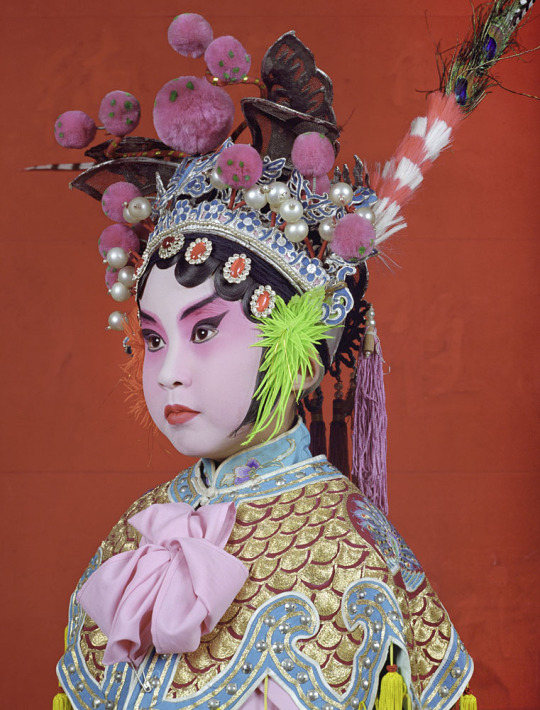
Rongqiu isn't used just for Chinese opera performances - it's a very common decorative item for Chinese headwear, especially for traditional/folk performances.
Below - examples of rongqiu use in folk custom/performance costumes, left to right: 1) 游神/youshen (wandering gods) procession in Fujian (x), 2) 英歌舞/yingge wu (yingge dance) performer in Guangdong (x), 3) & 4) 高跷/gaoqiao (stilt walking) performers in a 社火/shehuo parade in Gansu (x):

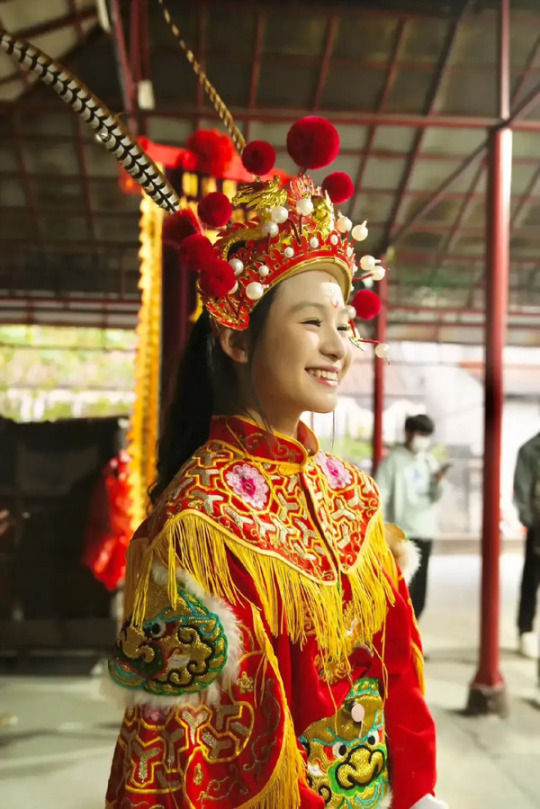

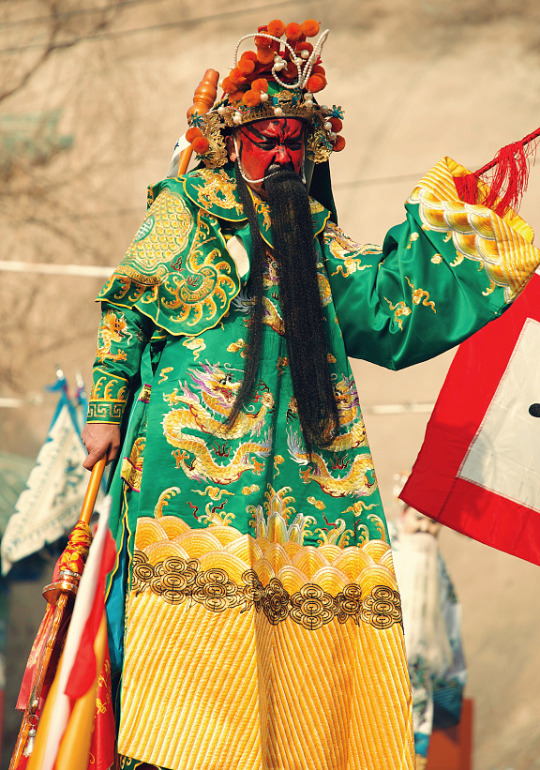
As a festive decoration, rongqiu was also widely used on bridal guan (crowns) from the Qing dynasty into the modern day.
Below - examples of rongqiu use in historical bridal guan: Left - a bride during the late Qing dynasty, circa 1890 (x); Right - a bride during the Republican era/minguo, in 1939 (x):
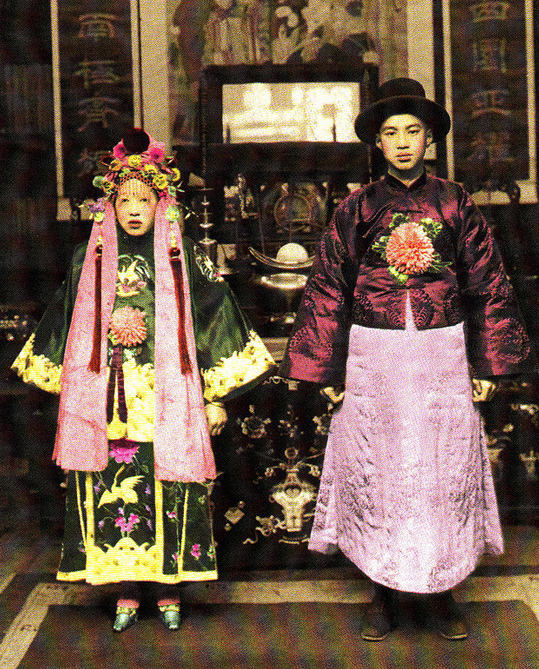
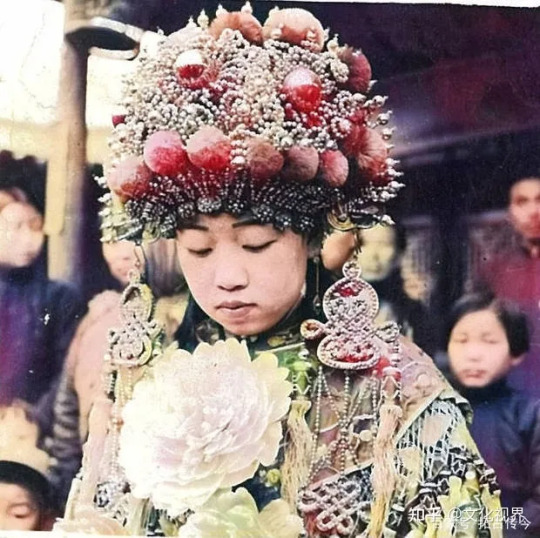
For some reason it's been extremely difficult to find sources on the origin of rongqiu that would shed more light on its significance, but based on historical paintings the use of rongqiu as a head ornament may have originated in the Qing dynasty. During the late Qing dynasty, it was fashionable among women to wear rongqiu on the sides of their hair, as can be seen in the paintings below (x):

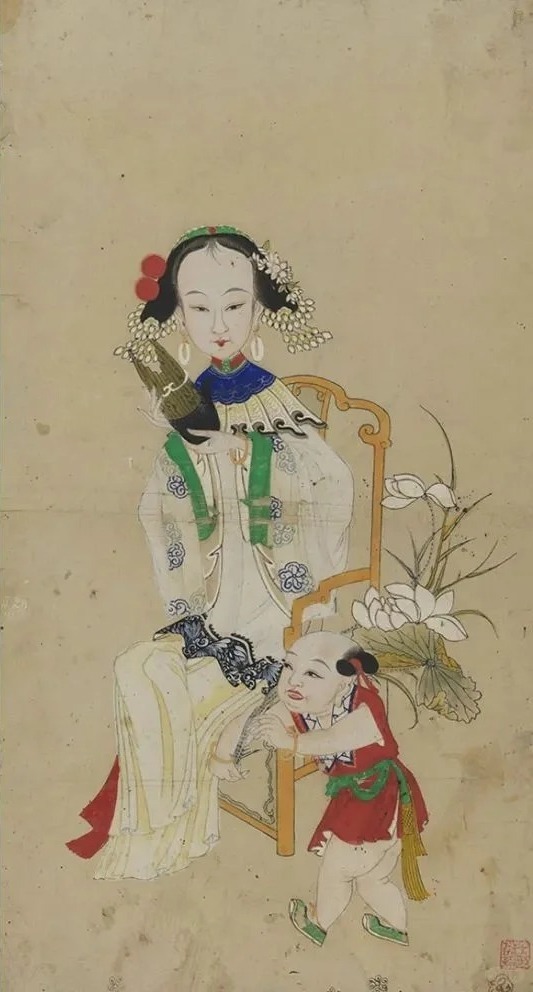
This particular style of rongqiu hair ornament was depicted in the 2012 historical cdrama 娘心计/Mother's Scheme:
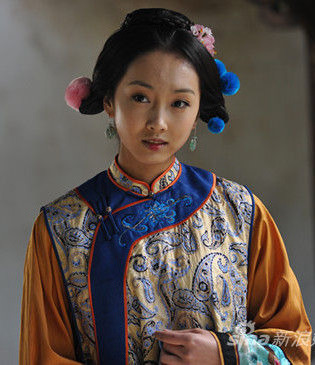
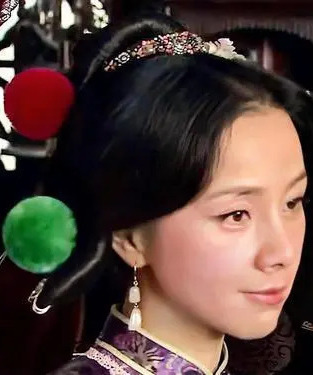
For more references, please see my rongqiu and kuitou tags.
If anyone has more information on the significance of rongqiu, please do share!
Hope this helps ^^
#rongqiu#pompoms#kuitou#chinese opera#opera costume#xifu#hanfu#history#reference#ask#reply#junpeicindystories#chinese fashion#chinese clothing#china
520 notes
·
View notes
Text
Regarding porcelain pillows
English added by me :)
15K notes
·
View notes
Text
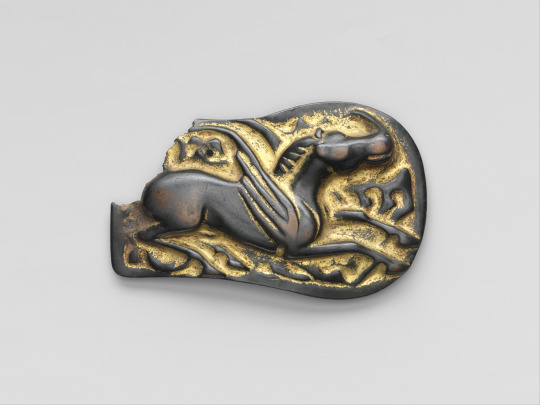

東漢(鮮卑文化) 鎏金翼馬紋銅飾板
~ Plaque with a Winged Horse.
Period: Eastern Han dynasty (25–220), Xianbei culture
Date: 1st century
Culture: North China
Medium: Gilt bronze
#ancient#ancient art#history#museum#archeology#ancient history#archaeology#china#chinese#ancient china#winged horse#horse#plaque with a winged horse#plaque#eastern han dynasty#xianbei#1st century
932 notes
·
View notes
Text

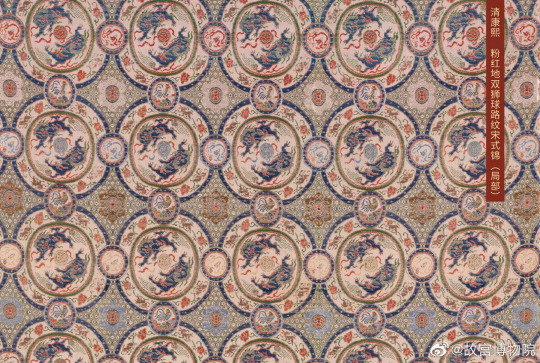
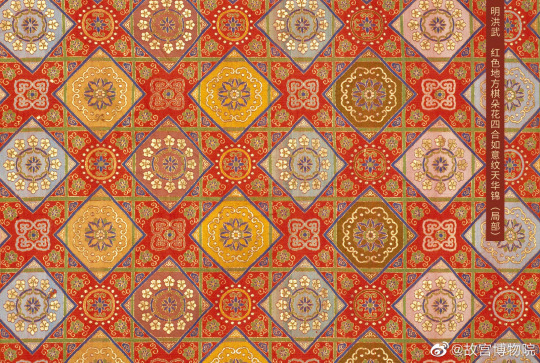


Chinese traditional patterns. 🧶🧵
#chinese culture#hanfu#textiles#patterns#chinese history#silk#china#east asia#designs#weaving#silk weaving#tiles#Art
801 notes
·
View notes